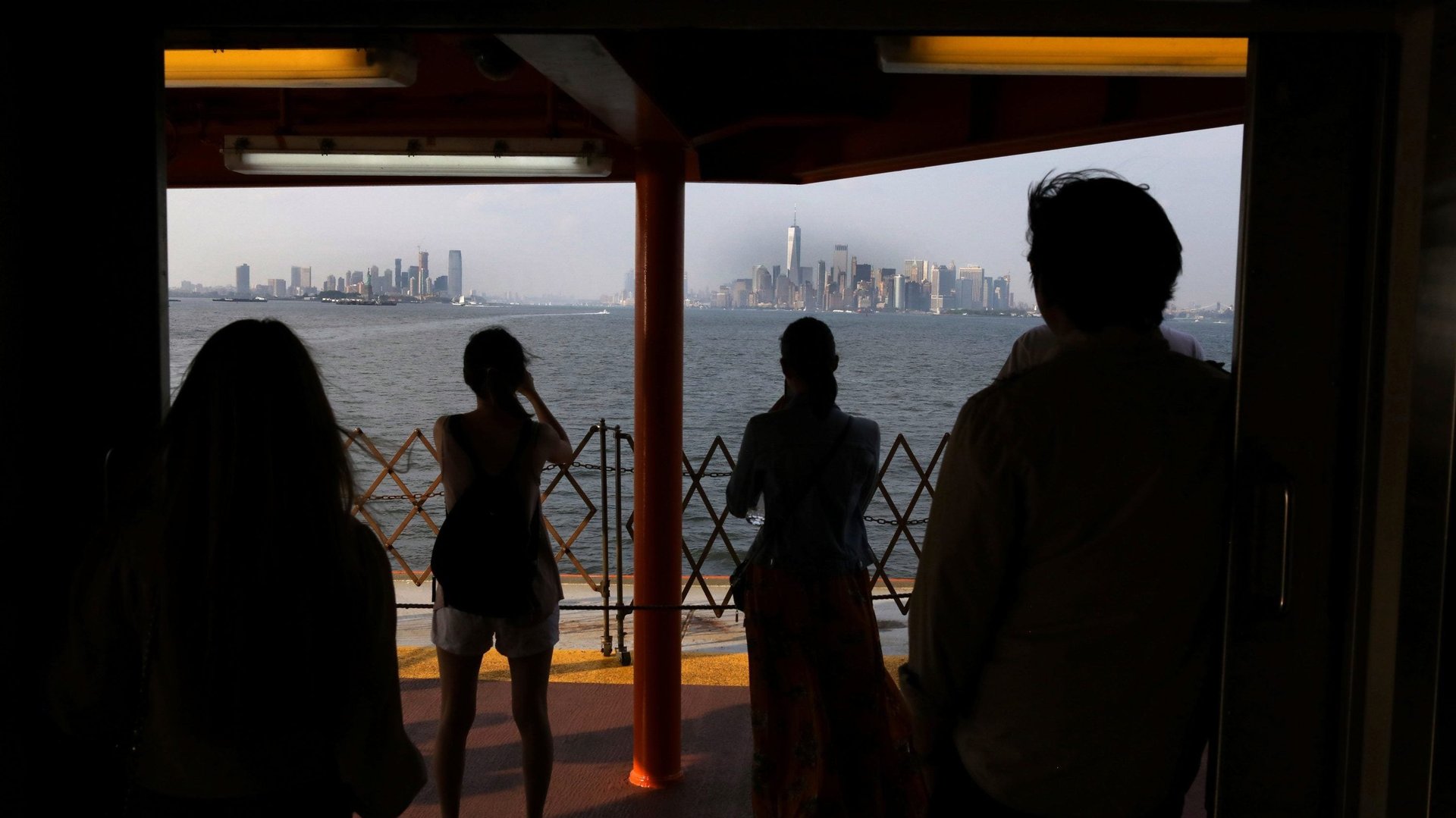Republicans lost their last urban district last night
The US has 34 “purely urban congressional districts,” reports CityLab. Until Nov. 6, Republicans controlled just one: New York’s 11th district, which covers Staten Island and south Brooklyn. But last night, they lost it.


The US has 34 “purely urban congressional districts,” reports CityLab. Until Nov. 6, Republicans controlled just one: New York’s 11th district, which covers Staten Island and south Brooklyn. But last night, they lost it.
Republican incumbent Dan Donovan was expected to beat Democratic challenger Max Rose, who had just a 24% chance of getting the 11th on midterm election day.
It would have made sense. Republicans have won this seat for decades. And while Hillary Clinton won New York by over 22 points in 2016, Donald Trump prevailed in this district by almost 10 points.
But Nov. 6 ended with a Democratic victory in New York’s last red borough, a surprising defeat for Republicans, and yet another sign of just how divided the US vote is among rural and urban lines.
The divide is not new. It appeared in full force in the 2016 vote that elected Trump. It’s also not reserved to the US. The Brexit vote that pulled the UK out of the EU was split among similar lines.
“If you want to find a Republican member of Congress, head out into the country,” wrote CityLab’s David Montgomery just last month.“To find a Democrat, your best shot is in a city.”
Exit polls indicated the cleavage persisted in 2018. Most voters in urban areas went Democratic (65%), while most in rural areas voted Republican (56%).
The same was true in the New York 11th. Rose won in the denser, more diverse areas of the district, while Donovan held onto the less populated, more homogeneous parts of Staten Island.
Rose’s victory was also fueled by the same kind of grassroots energy that also helped elect Alexandria Ocasio-Cortez in New York’s 14th district.